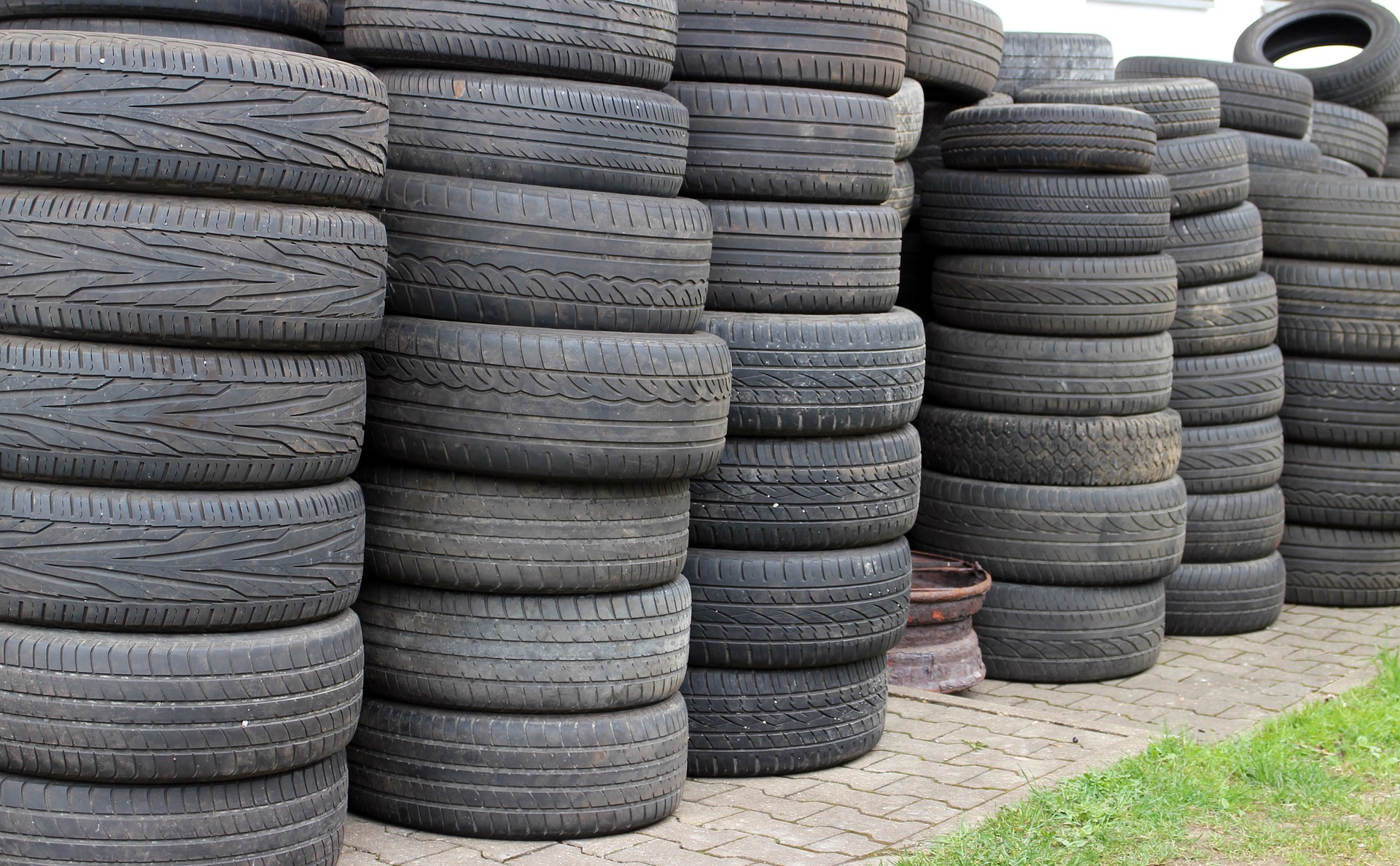
Tyre damage can occur for several causes and often without the driver even realizing it. There is an issue. The most frequent kinds of damage to Continental Tyres Cheltenham are punctures. cuts, collisions, cracks, bulges, and asymmetrical wear. The indications and symptoms that can help one to diagnose. the problem is thus explained in this part. Along with a few helpful pieces of advice on how to avoid them.
How to Examine Tyres:-
How to Spot Unusual Wear-
Uneven wear can take many different forms. But the heel and toe, one-sided, and centre variances are the most prevalent. Thus describe them here along with their causes.
Wear From Head to Toe:
Normal use and suspension settings result in a pattern of heel and toe wear. It is clear (and audible). Result of different forces that deform the tread. Let’s look more closely at the tread design to provide further context.
For road safety on flooded and wet surfaces. Tread grooves and sipes are crucial. A larger proportion of tread void is thus required. Especially with low-profile tyres, to soak up the water. and enhance protection against aquaplaning. Blocks that stand alone are thus used as cross grooves for water drainage. In the shoulder region. Due to rolling mechanics, these shoulder blocks may develop. A top to bottom type under specific operating circumstances.
These operational circumstances include:
- Trips across long distances at a constant pace on highways;
- How the suspension geometry is thus aligned and cambered.
The freestanding blocks bend when they get close to the tyre’s contact area. As it rolls over the road. they then contract when it makes contact with the pavement. The blocks will return to their former shape. After losing road contact and scratching the ground as they do so. As a result, the block run-out edge initiates a better wear pattern. That is more ok to be visible on that of the undriven wheel locations.
It is okay to have a few of the heel and toe pattern wear. And it has no obvious pressure on how comfortable it is to drive. Yet, if the wear is more severe, extra particular problems could be to blame. These can contain low-wear uses, excessive toe-in, and not good pressure.
Central Wear:
In powered vehicles, this wear pattern may be visible on the driven wheels. These high torque levels can speed up tread centre wear. When used in vigorous acceleration, stop-start urban traffic. Or while accelerating from traffic signals. Modern engines can produce significant amounts of torque and slip. are even found in today’s mid-range automobiles.
Unilateral Wear:
Axle geometry is the single largest factor causing one-sided wear. Deviations are a result of, for instance, abrasively mounting a curb, and they might grow over time. Wheel alignment may also be getting affected. By lowering the vehicle’s height and using tyres with a low profile. The alignment of the wheels tends to stray from the desired position.
Detecting a Bulge or Impact Break:
When a tyre collides with specific barriers, the tyre’s carcass is. (The casing) sustains damage known as an impact break. Damaged cords inside the carcass are there indicated. By a noticeable bulge on the tyre’s sidewall.
This form of cracking is thus brought on by hitting types of equipment. Such as curbs or speed bumps, too faster or at an incorrect angle. Individual cords break when the carcass is under too much strain. The damage will change depending on the obstructions of size. Unless an obstruction suddenly surfaces in front of a car and they are unable to manoeuvre around it. The cautious motorist is able to prevent this type of damage.
How to Spot a Cut:
External factors like poor road conditions, sticking bodywork, or sharp, foreign items. Stones or glass can cause cuts. If one sees a cut on the tyre surface. Then one should contact the neighbourhood tyre shop. and get the tyres inspected right away by a professional.
How to Spot a Sidewall Indentation:
There may be dimples and indentations in a Car Tyres Cheltenham sidewall. That necessitates a closer examination to identify the causes. Because sidewalls are not always exactly level. It is crucial to understand that indentations are safe. and have no negative effects on a driver’s or a person’s safety. It’s only a surface dimple. The easiest way to describe tyre indentations is to visualise them gently. Tugging a cord that has been thus tied around an inflated balloon. If the tyre is the balloon, then the carcass cables are thus hidden. By the rubber are the embedded carcass cords. When driving. These wires convey steering and braking forces to the tyre. giving it strength and stability.
For in-depth details visit our workshop to get more.
